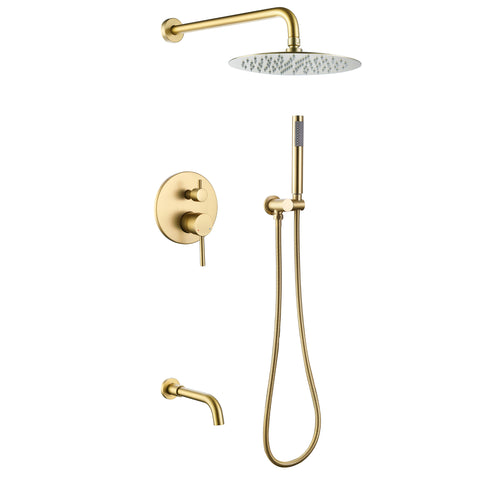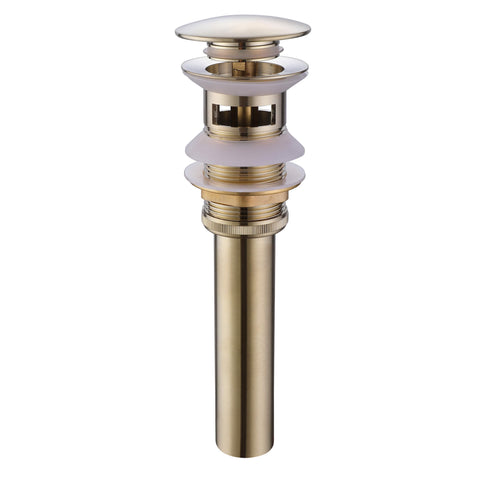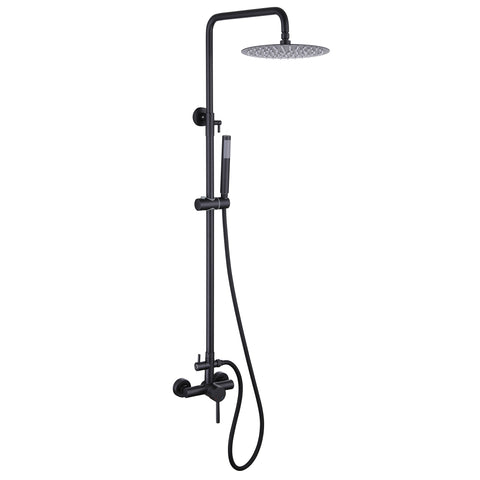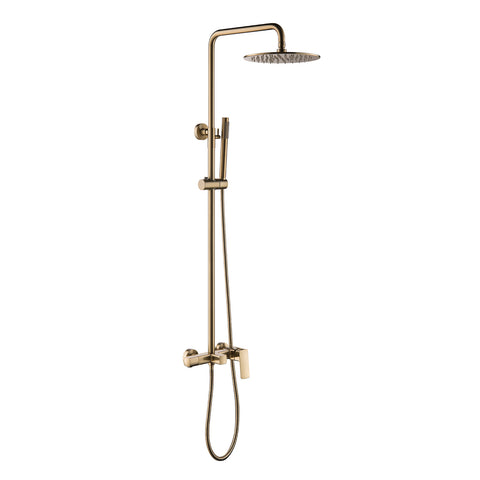How to Increase Flow Volume for Your Tub Faucet?
Identify the Root Cause
Before attempting any fixes, it's crucial to identify the root cause of the low flow. Several factors can contribute to this issue, such as mineral deposits, a partially closed valve, or faulty plumbing. Here's how to go about identifying the cause:
- Check Other Faucets: Start by checking the water flow from other faucets in your home. If all of them have low flow, the problem might lie with your main water supply or a clogged aerator. If only the tub faucet is affected, continue troubleshooting.
- Remove and Clean the Aerator: The aerator is a small mesh screen located at the end of the faucet. Unscrew it and clean any debris or mineral buildup that may be obstructing the water flow.
- Check the Valve: Ensure that the valve controlling the flow isn't partially closed. Sometimes, accidental adjustments can lead to decreased water flow.
Clean or Replace the Cartridge
Many tub faucets use a cartridge that regulates water flow. Over time, these cartridges can become clogged with sediment and mineral deposits, resulting in reduced flow. Follow these steps to clean or replace the cartridge:
- Turn Off the Water Supply: Before beginning any repairs, turn off the water supply to the tub faucet. Locate the water shut-off valves near the tub and close them.
- Remove the Handle: Take off the faucet handle by removing the decorative cap (if present) and using a screwdriver to unscrew the handle.
- Access the Cartridge: Once the handle is off, you should see the cartridge. Depending on the model, you might need to remove additional components to access it fully.
- Clean the Cartridge: If the cartridge appears to be in good condition, clean it with white vinegar to dissolve any mineral buildup. For severely damaged cartridges, replace them with new ones.
Check for Plumbing Issues
If cleaning the aerator and cartridge didn't resolve the issue, there might be an underlying plumbing problem. Low water pressure in your home can affect the flow in your tub faucet. Here are a few steps to check for plumbing issues:
- Inspect Water Lines: Examine the water supply lines leading to the tub faucet. Look for kinks, leaks, or any damage that might be restricting the water flow.
- Call a Professional: If you're not comfortable with plumbing repairs or unable to identify the problem, it's best to call a licensed plumber. They can assess the situation and offer the best solution.
Having a low flow volume in your tub faucet can be frustrating, but don't worry - it's a common issue with various potential fixes. By following the steps outlined in this guide, you can identify the root cause of the problem and take appropriate action to improve the water flow. Whether it's cleaning the aerator, replacing the cartridge, or addressing plumbing issues, you can enjoy a satisfying bath once again. Remember, if you're unsure about any repairs, always seek the help of a professional plumber to ensure the problem is resolved effectively and safely.













